There are various picturesque lakes in Europe, each with a defining blend of natural beauty, adventure and cultural richness. Every one of these destinations is indeed a haven for nature lovers, adventurous souls and peace seekers. These range from the stunning scenery offered by some of Europe’s classic lakes to the peaceful retreats found at the famous lakes. The vital lakes in Europe cater not just to beauty but also serve as ecological and political exclamation points.
Top 10 Lakes In Europe
From a romantic holiday to an adventurous escapade to a peaceful retreat, these lakes in Europe guarantee an unforgettable experience:
1. Lake Como
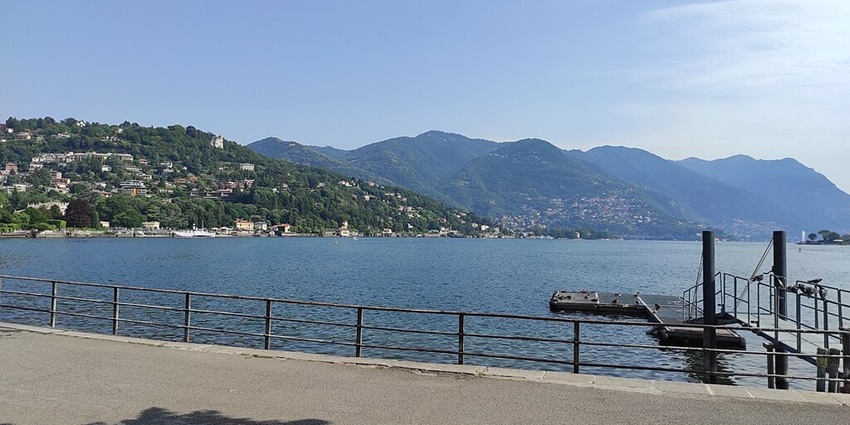
Photo: Andrea Di Primio / Wikimedia Commons
Lake Como in northern Italy is one of the most famous lakes in Europe. It has deep blue waters, beautiful villas, and a breathtaking mountain view. For ages, it has been a popular retreat for aristocrats and celebrities, an elegant travel destination. The towns Bellagio, Varenna, and Menaggio perfectly blend the historical and the luxurious for travellers. An excursion by boat is the best way to see the lake, where one can admire the breathtakingly beautiful villas along the shoreline. For the adventure-seeker, hiking in the nearby mountains provides spectacular views of one of Europe’s best-loved lakes.
Location: Lombardy, Italy
Entry Fees: Free access, but boat rides and attractions may have fees
Timing: Open year-round, peak season is from April to October
2. Lake Bled
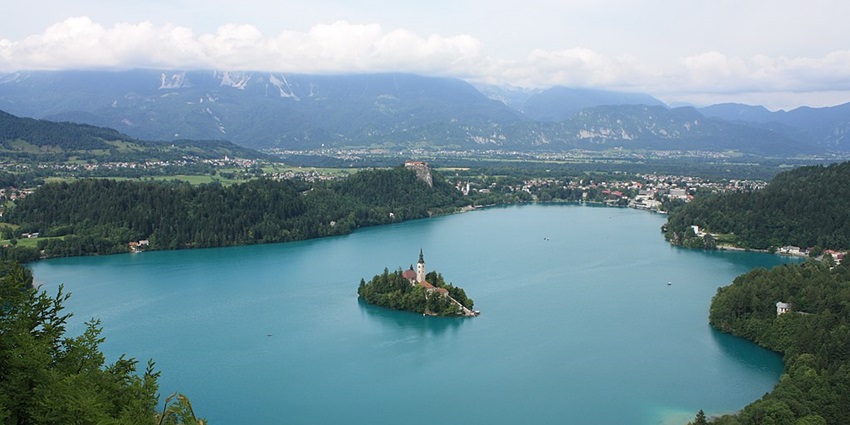
Photo: Adiel lo / Wikimedia Commons
Lake Bled is one of the most popular lakes in Europe, admired for its fairy-tale scenery. The emerald-green lake dotted with what some consider the loveliest island in Slovenia. The island holds the medieval Church of the Assumption of Mary, reached by a traditional wooden boat known as a “Pletna”. Visitors can hike up to the hill above Lake Bled, where the castle is perched, offering spectacular views of the lake below. A part of the castle is added to the museum, giving life to Slovenia’s rich history.
Location: Upper Carniola, Slovenia
Entry Fees: Free to visit; boat rides and castle entry require a fee
Timing: Open year-round, but best visited in spring and summer
3. Lake Geneva
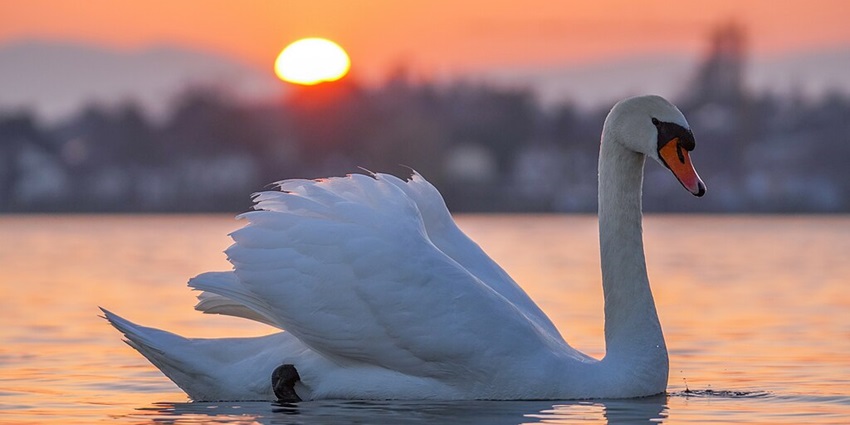
Photo: Giles Laurent / Wikimedia Commons
Lake Geneva, sitting right where Switzerland and France meet, is one of largest and most important lakes in Europe. The world-famous Jet d’Eau fountain in Geneva is a wonderful landmark that attracts thousands of tourists annually. One of the best ways to explore Lake Geneva is by taking a scenic cruise. Picturesque vineyards line the lake, including the UNESCO-listed Lavaux vineyards, where visitors can enjoy wine tasting. Adventure seekers can enjoy water sports such as windsurfing and paddle boarding.
Location: Switzerland and France
Entry Fees: Free access; paid tours available
Timing: Accessible throughout the year
4. Lake Garda
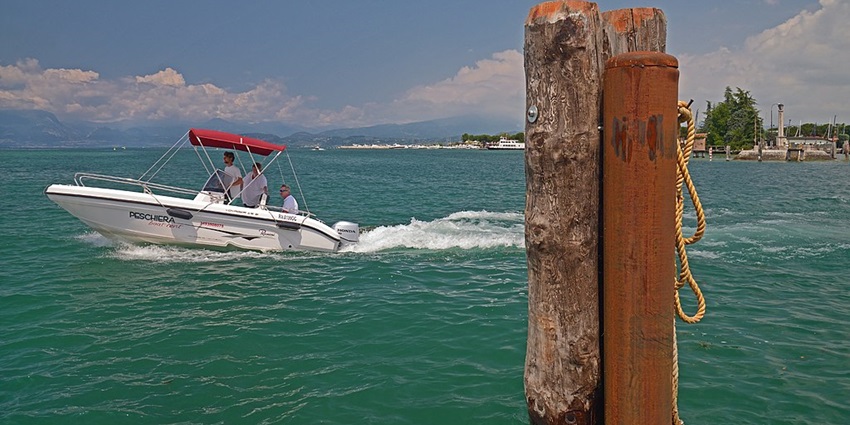
Photo: Ввласенко / Wikimedia Commons
Being the largest among the lakes in Italy, Lake Garda is one of the most notable lakes in Europe because of its different landscapes and enchanting towns. The lake expands over three Italian regions, Lombardy, Veneto, and Trentino-Alto Adige-altering from mountain landscapes to undulating vineyards. Sirmione is one of the most visited towns on the lake, with medieval castles and hot springs. Also, Riva del Garda, located on the lake’s northern shore, provides a spot for windsurfing, rock climbing and trekking. The southern end bears a Mediterranean appearance with olive groves, citrus trees and beautiful promenades.
Location: Northern Italy
Entry Fees: Free access; specific attractions may have charges
Timing: Open year-round, with summer being the best time to visit
5. Plitvice Lakes
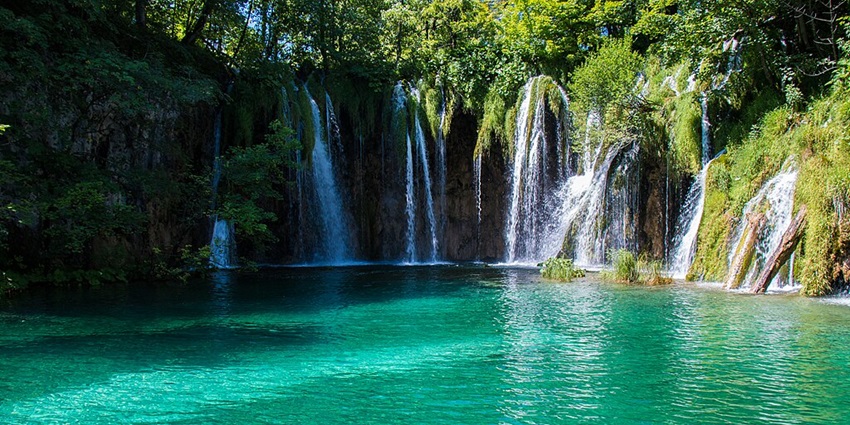
Photo: Tesla Delacroix / Wikimedia Commons
The picturesque lakes of Plitvice are among the most famous lakes in Europe. They are located in Plitvice Lakes National Park of Croatia, which is on the UNESCO World Heritage List. As a stunning lake complex, it consists of 16 interconnected lakes segmented by natural travertine barriers and striking waterfalls. The turquoise waters would send one running for a camera. The lush greenery and wooden boardwalk give wildlife lovers and photographers a feel of paradise. Hiking and wildlife spotting are allowed in the park. In winter, the frozen waterfalls take on a fairytale-like motif.
Location: Central Croatia
Entry Fees: Varies by season (€10 – €40 / ₹900 – ₹3,630 per person)
Timing: Open year-round, best visited in spring and autumn
6. Lake Hallstatt
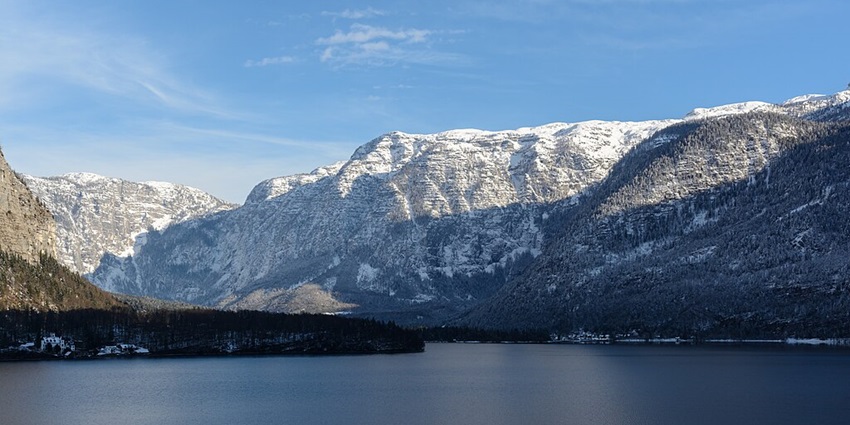
Photo: Uoaei1 / Wikimedia Commons
Lake Hallstatt is one of Europe’s most spectacular postcard-ish lakes, lying in the Austrian Alps. The lake is surrounded by Hallstatt, one of the towns inscribed on the UNESCO World Heritage List. This is with age-old wooden houses, churches, and cobblestone streets. Visitors take boat trips over the calm waters to admire the stunning mountain reflections or walk up to the Skywalk viewpoint for a round view of the lake and the village. The nearby Dachstein Ice Caves provide fascinating underground ice sculptures and frozen waterfalls.
Location: Upper Austria, Austria
Entry Fees: Free to visit; boat rides and ice cave tours have fees
Timing: Accessible year-round, with peak season from May to October
7. Loch Ness
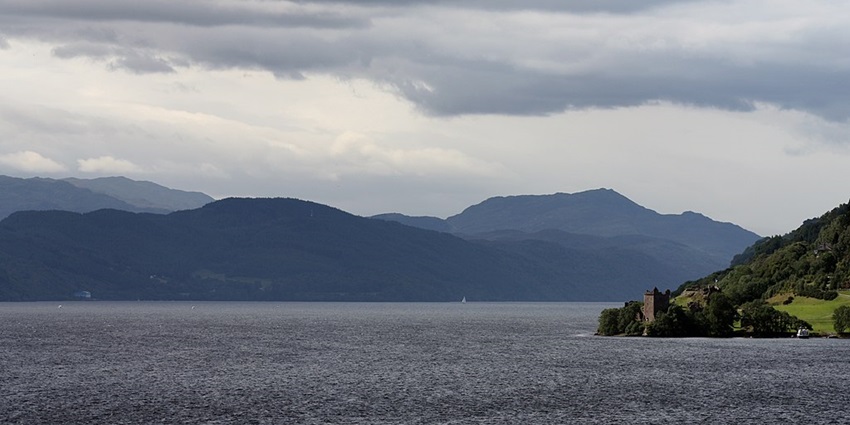
Photo: Eusebius / Wikimedia Commons
Loch Ness, in the Highland region of Scotland, is one of the most distinguished lakes in Europe. It is famous for the legend of the Loch Ness Monster, affectionately named “Nessie.” It is the second-largest freshwater lake in Scotland and contains more water than all of the lakes in England and Wales combined. Visitors can cruise the dark, murky waters and hope for a sighting of Nessie. Urquhart Castle, located on the edge of the loch, provides an interesting historical site and stops there for scenic pictures. The Loch Ness Centre and Exhibition in Drumnadrochit contains fascinating insights into the history, geology, and folklore around the lake.
Location: Scottish Highlands, Scotland
Entry Fees: Free to visit; boat tours and castle entry have separate fees
Timing: Open year-round, best visited in summer and autumn
8. Lake Saimaa
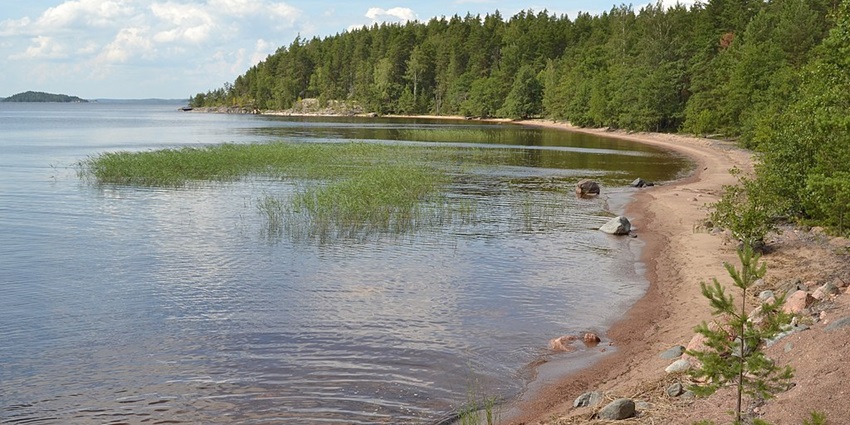
Photo: Timo Saarinen / Wikimedia Commons
Lake Saimaa, Finland’s largest lake, is one of the best-known lakes in Europe for its natural wilderness and unique wild living. The lake is also well known for the rare Saimaa ringed seal, one of the rarest seals worldwide. Visitors can explore this vast archipelago through kayaking, canoeing, or a scenic boat tour. Surrounded by dense forests, wonderful hiking and wildlife observation opportunities await. The lake is also perfectly equipped for fishing, with many pike and perch, among many others.
Location: Southeastern Finland
Entry Fees: Free access; activities and boat tours have separate costs
Timing: Open year-round, best visited in summer and winter
9. Lake Balaton
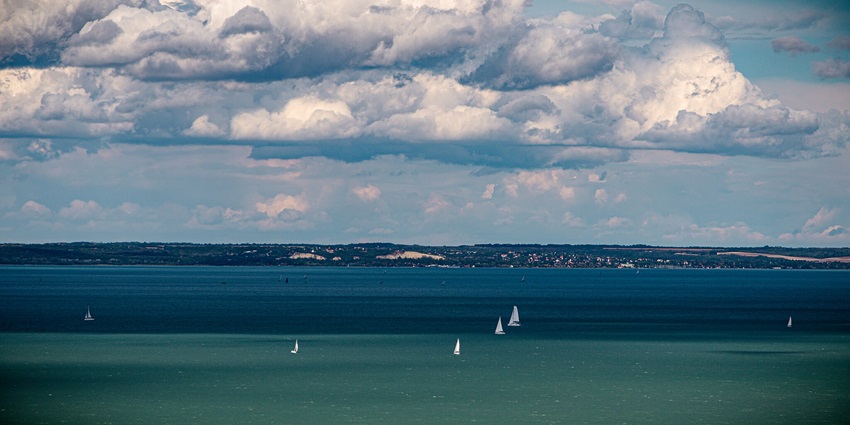
Photo: DavidivardiIL / Wikimedia Commons
Lake Balaton, popularly known as the “Hungarian Sea,” is one of the largest lakes in Central Europe. It is a top-ranked among the most renowned lakes in Europe. It is one of the most popular vacation spots in summer, offering sandy beaches, water sports, and night parties. The shallow, warm waters of the lake make it idyllic for swimming and family-oriented vacations. The northern shore boasts a beautiful landscape, with several notable landmarks. This includes Tihany Abbey, which offers breathtaking views across the lake. The southern shores, particularly Siófok, are instead closely associated with lively beach resorts and the party scene.
Location: Western Hungary
Entry Fees: Free access; beach resorts may charge fees
Timing: Best visited in summer (June to August)
10. Lake Bohinj
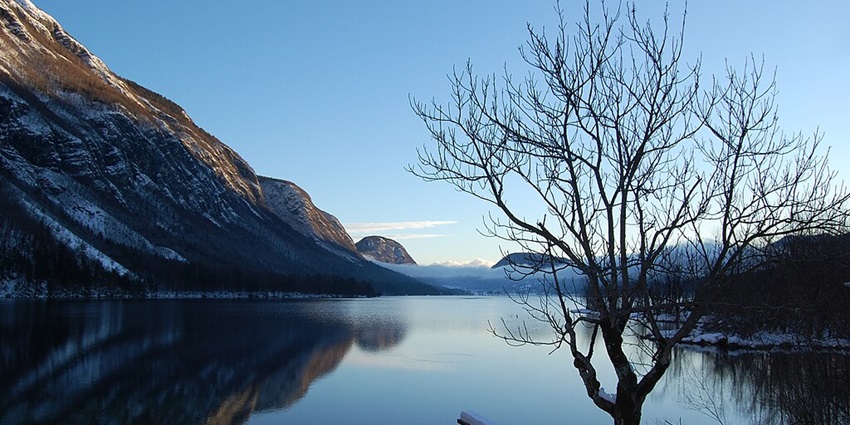
Photo: Smihael / Wikimedia Commons
In Triglav National Park, Lake Bohinj is one of Europe’s most popular and unspoiled natural beauties. Sometimes, this hidden jewel would not be considered due to Lake Bled. It is the perfect peaceful hideaway from the craziness. It is a popular lake for kayaking, stand-up paddleboarding, and swimming due to its crystal clear waters. Hiking enthusiasts could traverse the nearby paths leading to stunning viewpoints such as the famous Savica Waterfalls. The surrounding Julian Alps’ captivating panoramas rank high for nature and photography lovers.
Location: Julian Alps, Slovenia
Entry Fees: Free to visit; national park activities may have fees
Timing: Open year-round, best visited in summer and autumn
Europe’s lakes offer a diverse mix of scenic beauty, history, and adventure. Whether you prefer the luxurious shores of famous lakes in Europe or the untouched beauty of popular lakes, there is a perfect destination for every traveller. From cultural experiences to outdoor adventures, these important lakes in Europe promise a memorable journey through nature’s wonders. Plan your next trip with TripXL.
Cover Photo: Isiwal / Wikimedia Commons


 WhatsApp
WhatsApp
 Twitter
Twitter









